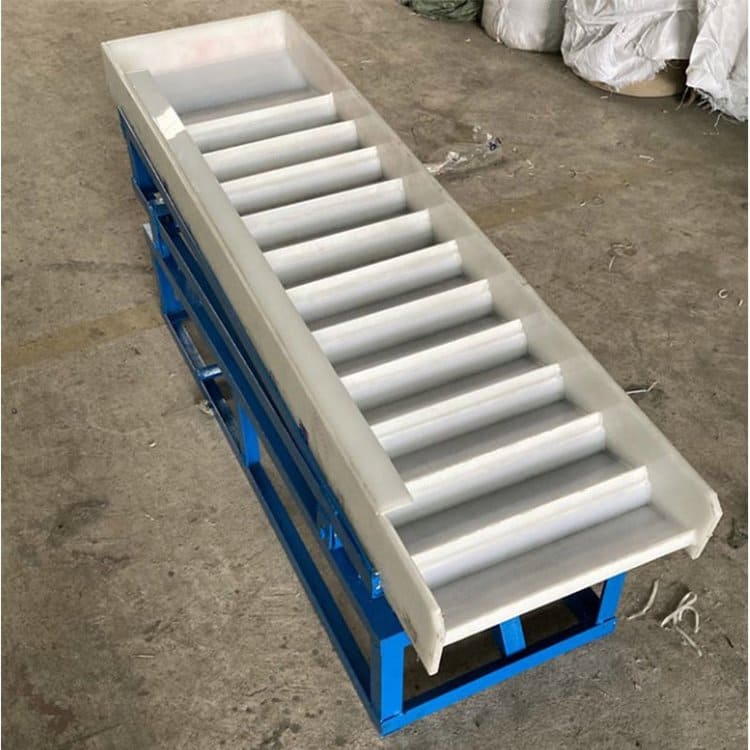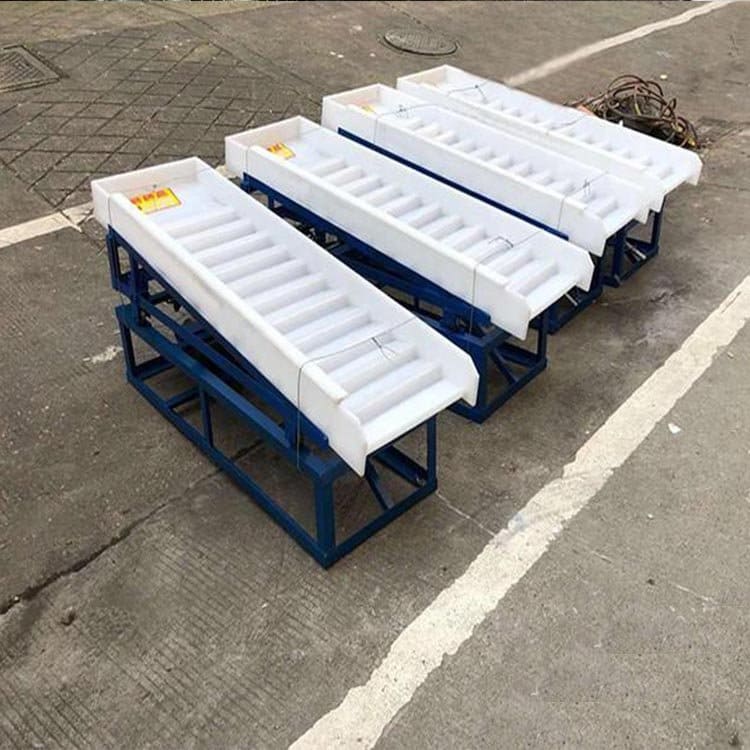A mercury mixing shaker is a specialized laboratory device designed for the extraction and separation of heavy metals, particularly in the context of mining, metallurgy, and geological research. It is called a “mercury mixing shaker” because it primarily involves using mercury to facilitate the extraction or separation of metals from ores. Here’s an introduction to the key features and functions of a mercury mixing shaker.
Mercury Mixing Shaker Purpose
The primary purpose of a mercury mixing shaker is to aid in the extraction and separation of valuable metals, such as gold, silver, and others, from metal ores or mineral samples. It is particularly effective when mercury can form amalgams with target metals, allowing for their selective separation.
Mercury Mixing Shaker Applications
Mercury mixing shakers find applications in various fields, including:
- Mining: Extracting gold and other precious metals from ore samples.
- Metallurgy: Separating valuable metals from raw materials.
- Geological Research: Analyzing mineral samples for metal content.
- Laboratory Experiments: Facilitating metal extraction and analysis for research purposes.
Mercury Mixing Shaker Operation
The operation of a mercury mixing shaker involves the following steps:
- Ore or mineral samples containing the target metal are mixed with liquid mercury in a container or tray on the shaker’s platform.
- The shaker’s platform is vibrated or shaken, which causes the mixture of mercury and the ore to agitate. This movement encourages the formation of amalgams, where the target metal bonds with the mercury.
- Lighter impurities or non-amalgamated materials are separated and can be discarded, leaving behind the amalgam containing the valuable metal.
Mercury Mixing Shaker FAQs
- What is a mercury mixing shaker used for?
A mercury mixing shaker is typically used in the laboratory for the extraction of gold or the separation of heavy metals from other metal ores. It utilizes the property of mercury to form alloys with the target metal, aiding in the separation of the desired metal. - How does a mercury mixing shaker work?
A mercury mixing shaker works by mixing ore containing the target metal with mercury and shaking it on the shaker to facilitate the reaction of mercury with the target metal to form an alloy. Other lighter impurities are separated from the mixture, isolating the desired metal. - Is mercury safe to use?
Mercury is a toxic heavy metal and should be used and disposed of with care. When using a mercury mixing shaker or engaging in any mercury work, it is essential to follow relevant safety regulations and best practices to ensure safety and environmental protection. - What are the applications of a mercury mixing shaker?
Mercury mixing shakers are typically used in laboratory settings for metal extraction and separation, particularly in mining, metallurgy, and geological research. They can also be used for chemical analyses and experiments. - How should waste from a mercury mixing shaker be handled?
Waste generated from a mercury mixing shaker typically contains residual mercury and other metal residues. This waste must be handled and disposed of by environmental regulations. Best practices involve delivering the waste to authorized facilities to dispose of hazardous waste properly. - What maintenance considerations should be kept in mind for a mercury mixing shaker?
When maintaining a mercury mixing shaker, it is essential to regularly inspect the equipment’s components to ensure the shaker or vibration table is operating correctly. Additionally, routine equipment cleaning is necessary to remove dirt and residual mercury. - What are the advantages of a mercury mixing shaker?
Mercury mixing shakers can efficiently separate metals and suit many laboratory applications. They are a commonly used tool for metal extraction and separation, especially in mining and geological research. - Are there alternative methods to a mercury mixing shaker?
There are alternative methods for metal extraction and separation, such as heavy media separation, flotation, centrifugal separation, and more. The choice of method depends on the characteristics and application of the desired metal. A mercury mixing shaker may be the most effective choice in some circumstances.
Mercury Mixing Shaker Recovery Rate
The recovery rate of a mercury mixing shaker can vary depending on several factors, including the type of ore or material being processed, the efficiency of the equipment, the operator’s skill, and the specific conditions of the process. The recovery rate is a critical performance metric typically expressed as a percentage of the target metal or mineral successfully recovered from the input material.
Factors that can influence the recovery rate of a mercury mixing shaker:
- Ore Type: The composition and characteristics of the ore or material being processed play a significant role. Ores with a higher concentration of the target metal are more likely to yield higher recovery rates.
- Particle Size: The size of the particles in the input material can impact recovery rates. Finer particles are often easier to capture in the mercury amalgam, leading to higher recovery rates.
- Mercury Handling: Proper handling of mercury, including the correct amount of mercury and the mixing technique, is crucial for achieving a high recovery rate. Inefficient use of mercury can lead to losses.
- Shaker Efficiency: The performance of the mercury mixing shaker itself, including the vibration intensity and the design of the amalgamation table, can affect recovery rates.
- Operator Experience: The skill and experience of the operator in operating the equipment and monitoring the process are essential factors in achieving higher recovery rates.
- Tailings Management: Efficient separation of amalgam from the tailings is essential to maximize recovery. Proper disposal and recycling of amalgam are also important considerations.
Recovery rates for a mercury mixing shaker can vary widely. Still, in well-optimized and controlled processes, it is possible to achieve recovery rates of 90% or higher for certain minerals and metals. However, it’s essential to consider the environmental and health concerns associated with using mercury, as it is a toxic heavy metal. Due to these concerns, there is a global effort to reduce and eliminate the use of mercury in various processes, and alternative methods and technologies are being developed to achieve high recovery rates without the use of mercury.
LATEST PRODUCTS
Twin Screw Feeder
【Feeding Capacity】 10-160 t/h【Power】 2.2-…
Tubular Screw Conveyor
【Capacity】6-50 m3/h【Procesible Material】 …
Heavy Plate Feeder
Capacity: 100-240 m3/h Power: 15-45 kW Speed: 0…











